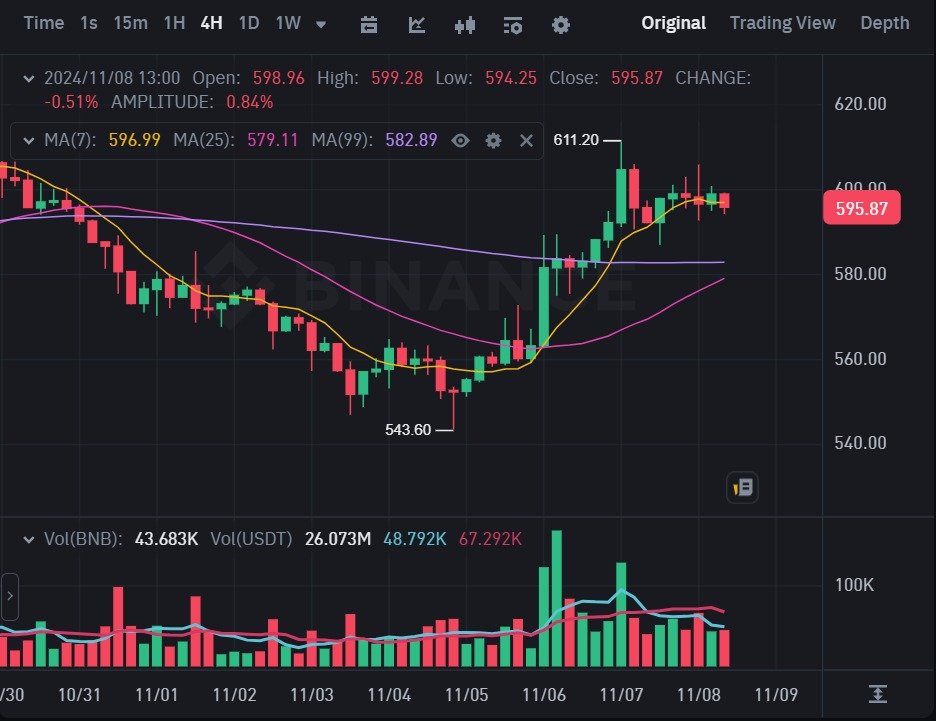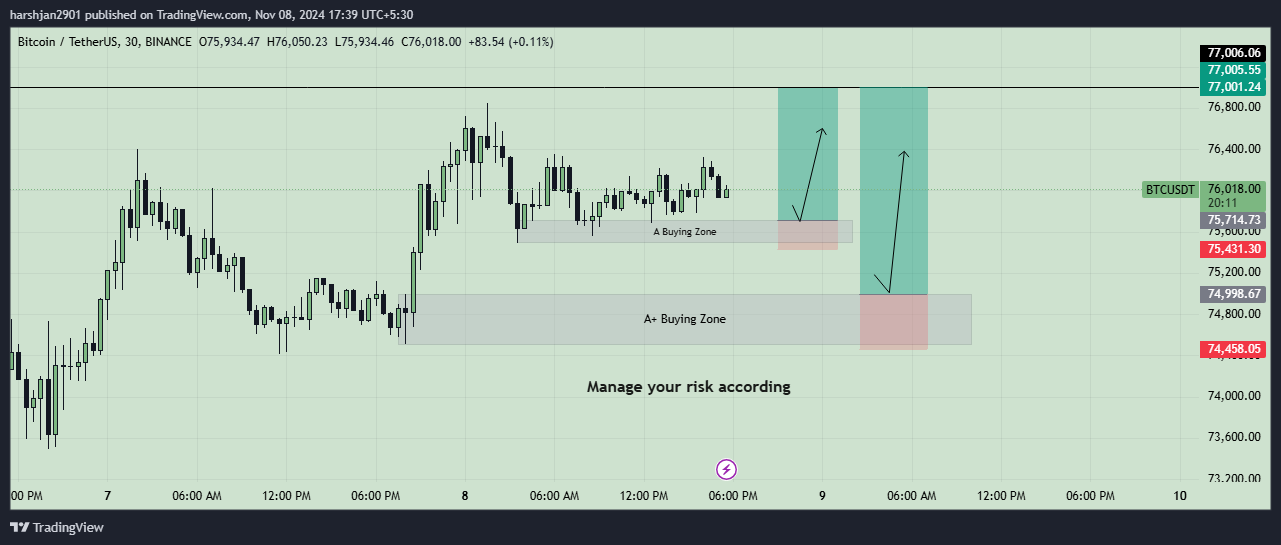1. What is Crypto Mining?
Crypto mining involves two main objectives:
- Securing the Network: Miners validate and confirm cryptocurrency transactions, ensuring that the blockchain is accurate and trustworthy.
- Creating New Coins: In proof-of-work systems, miners solve computational problems to create (or “mint”) new coins, rewarding miners for their work.
The process typically involves a blockchain, a decentralized ledger that records all transactions. In this system, miners add blocks of verified transactions to the blockchain, ensuring that they remain immutable and secure.
2. How Does Crypto Mining Work?
Crypto mining works based on the consensus mechanism of the blockchain. In proof-of-work (PoW) blockchains, like Bitcoin and Litecoin, miners use computational power to solve complex cryptographic puzzles. Here’s how the process unfolds:
a. Transaction Verification
- Transactions are made between crypto users, such as when someone sends Bitcoin to another person.
- These transactions are grouped together in a block. However, the block needs to be verified and validated before it is added to the blockchain.
b. Solving Cryptographic Puzzles (Mining Process)
- Miners use powerful computers to solve a cryptographic puzzle, also known as a hash. A hash is a fixed-length string of characters generated from transaction data.
- The goal is to find a hash that meets certain conditions set by the network. This process is known as proof of work.
- Since the hash is generated randomly, miners must attempt millions of combinations before they find the correct one. This process requires significant computational power, hence why mining often involves specialized hardware (more on this below).
c. Adding the Block to the Blockchain
- Once a miner successfully solves the cryptographic puzzle, they broadcast their solution to the network.
- Other miners and network participants verify the solution. If it’s correct, the new block is added to the blockchain.
- The miner who solved the puzzle is rewarded with newly created cryptocurrency (this is called the block reward) and any transaction fees associated with the transactions in the block.
d. Difficulty Adjustment
- The difficulty of the cryptographic puzzle is adjusted regularly to ensure that new blocks are mined at a consistent rate. For example, in Bitcoin, new blocks are mined approximately every 10 minutes.
- As more miners join the network, the difficulty increases to maintain this pace.
3. Types of Crypto Mining
a. CPU Mining (Central Processing Unit)
- How it works: This is the most basic form of mining, where miners use their computer’s CPU to solve cryptographic puzzles.
- Drawback: CPU mining is highly inefficient for most major cryptocurrencies like Bitcoin, as the computational power needed is far too high for CPUs to compete.
b. GPU Mining (Graphics Processing Unit)
- How it works: Instead of using CPUs, miners use graphic cards (GPUs), which are much more efficient for parallel processing. GPUs are commonly used in the mining of Ethereum and altcoins.
- Efficiency: GPUs are faster and more energy-efficient than CPUs, making them the preferred choice for most crypto miners in PoW systems.
c. ASIC Mining (Application-Specific Integrated Circuit)
- How it works: ASIC miners are specialized devices built solely for the purpose of mining specific cryptocurrencies, such as Bitcoin. They are much faster and more efficient than GPUs or CPUs.
- Efficiency: ASICs are highly efficient in terms of processing power but are specific to one cryptocurrency (e.g., Bitcoin). They require significant capital investment and are most commonly used in large-scale mining operations.
d. Cloud Mining
- How it works: Instead of investing in physical mining hardware, miners can rent mining power from cloud mining providers. This allows users to mine cryptocurrencies remotely by using the computing power of others.
- Pros: It’s a more accessible way for beginners to get involved without the upfront cost of equipment and electricity.
- Cons: Cloud mining often involves fees, and there are risks related to scams or low profitability.
4. Mining Rewards
Miners are rewarded for their efforts in two main ways:
a. Block Rewards
- When a miner successfully solves the cryptographic puzzle and adds a block to the blockchain, they receive a block reward. This is a fixed amount of newly created cryptocurrency.
- Bitcoin Block Reward: As of 2024, the reward for mining a Bitcoin block is 6.25 BTC, but this amount is halved approximately every four years in an event called the halving.
b. Transaction Fees
- In addition to the block reward, miners also receive the transaction fees associated with the transactions included in the block they just mined.
- These fees are paid by users when they send cryptocurrency to incentivize miners to include their transaction in the next block.
5. Mining Pools
Given the difficulty of mining modern cryptocurrencies like Bitcoin, individual miners often join mining pools to increase their chances of solving a block.
- Mining Pools: Miners combine their computational power in a pool, and when the pool successfully mines a block, the reward is distributed among the participants based on their contribution.
- Why Pools?: Pool mining is more efficient because it allows miners to earn smaller but more consistent rewards, instead of waiting for a solo effort to mine an entire block.
6. Proof of Work vs Proof of Stake (PoS)
While proof-of-work (PoW) is the dominant mining method for many cryptocurrencies, some newer cryptocurrencies (such as Ethereum 2.0) have transitioned to proof-of-stake (PoS), which does not require mining.
- Proof of Work (PoW): Requires miners to use computational power to solve puzzles.
- Proof of Stake (PoS): Instead of solving cryptographic puzzles, PoS validators are chosen to confirm transactions based on how many tokens they “stake” or lock up as collateral. This process is more energy-efficient and is seen as a greener alternative to PoW.
7. Challenges of Crypto Mining
- High Energy Consumption: PoW mining, especially Bitcoin mining, requires vast amounts of energy. This has raised concerns about its environmental impact.
- Mining Difficulty: As more miners join the network, the difficulty of mining increases, which means miners need more powerful hardware to stay competitive.
- Mining Costs: The cost of mining (hardware, electricity, maintenance) can be very high, and profitability depends on the market price of the cryptocurrency being mined.
- Regulatory Issues: Some countries have imposed restrictions or outright bans on cryptocurrency mining due to environmental concerns or concerns about financial instability.
8. Conclusion: How Crypto is Mined
Crypto mining is an essential process for validating transactions and securing blockchain networks. By solving cryptographic puzzles, miners add blocks to the blockchain and are rewarded with new cryptocurrency and transaction fees. Mining can be done using CPUs, GPUs, ASICs, or through cloud mining, depending on the cryptocurrency and scale of operation.
For those looking to make the most of the crypto market, Lumina Lore offers advanced copy trading and custom bot trading strategies that can help you stay ahead of the curve in this rapidly evolving space.
👉 Get started with Binance: Sign up through our referral link
👉 Explore Copy Trading with Binance: Enhance your strategy.



